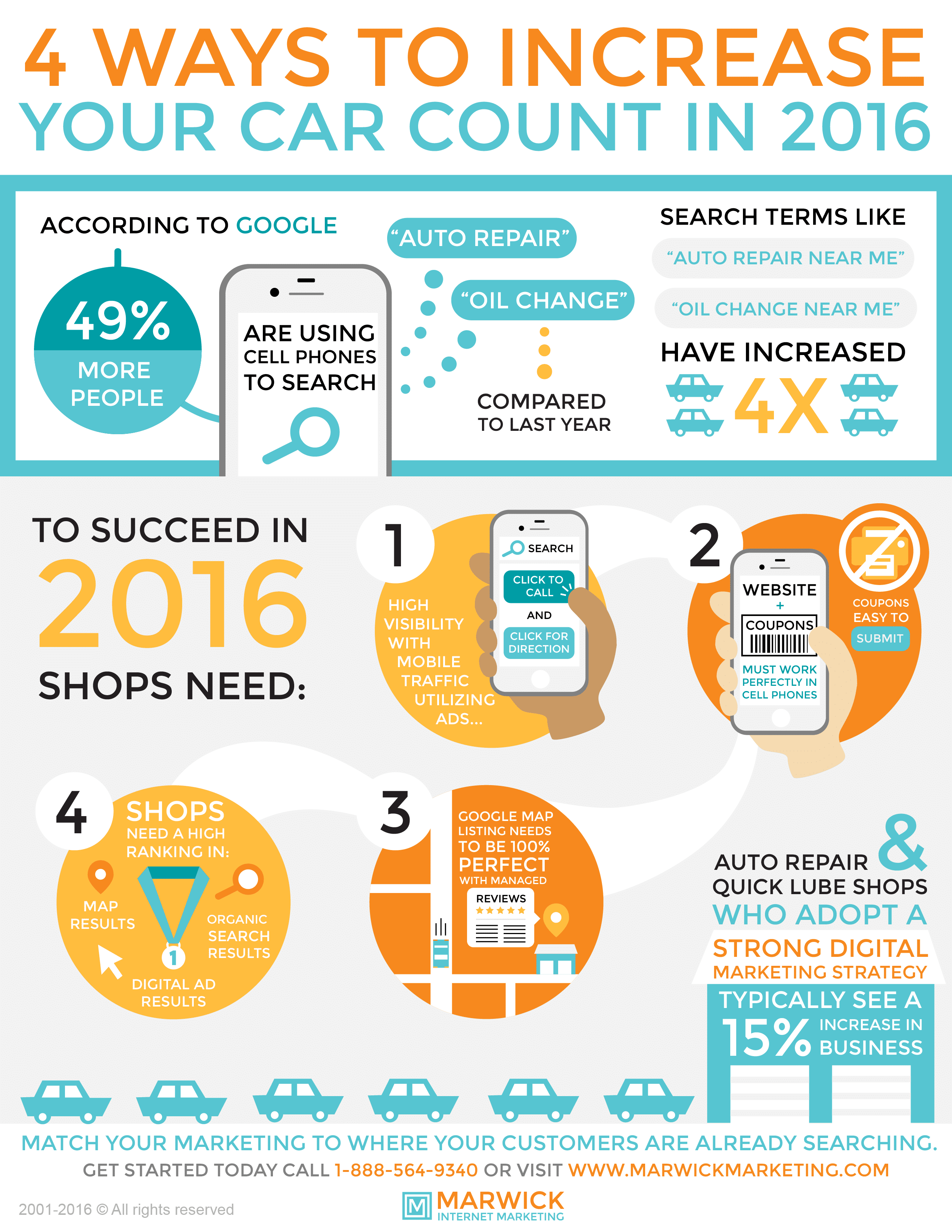Exploring Brake Solutions: Typical Issues And Practical Solutions For Repair Work
Exploring Brake Solutions: Typical Issues And Practical Solutions For Repair Work
Blog Article
Produced By-McGrath Herring
When it concerns your vehicle's brake system, understanding typical problems can save you from potential security threats. From recognizing brake pad wear to addressing brake liquid leakages, recognizing just how to take on these issues is essential. However what concerning those spongy brake pedals? There's a repair for that too. Remain tuned to learn more about these problems and the functional solutions that can maintain you securely on the road.
Brake Pad Put On and Substitute
When it concerns keeping your automobile's brake system, one crucial aspect to watch on is the wear and replacement of brake pads. Brake pads are crucial elements that push versus the brake blades to decrease or quit your vehicle. Over time, these pads wear down as a result of friction, calling for regular inspection and replacement to guarantee your brakes work efficiently.
To figure out if your brake pads need substitute, listen for screeching or grinding sounds when you use the brakes. Furthermore, if your lorry takes longer to quit or you discover resonances or pulsations when braking, it might be time to change the brake pads.
Neglecting used brake pads can result in decreased stopping performance, damages to various other brake parts, or even brake failure.
Replacing brake pads is a fairly uncomplicated procedure for numerous vehicles. Nonetheless, if you're uncertain or uncomfortable executing this task, it's best to speak with a specialist auto mechanic to guarantee appropriate installment and optimal brake efficiency.
Regularly examining and replacing brake pads is essential for your safety and security and the longevity of your automobile's stopping system.
Brake Fluid Leaks and Maintenance
To ensure your automobile's brake system works optimally, it is essential to additionally take notice of brake fluid leakages and maintenance. Brake fluid is crucial for sending the force from your foot on the brake pedal to the actual braking device. One typical concern with brake liquid is leaks, which can take place because of shabby brake lines, seals, or connections. If https://www.sooeveningnews.com/story/news/2021/11/25/what-recycle-what-not-tips-chippewa-county-residents/8680219002/ notice a puddle or trickles under your automobile, it's vital to resolve the leak without delay to prevent a possible brake failing.
Consistently checking your brake fluid level is key to keeping your brake system. Reduced brake liquid can lead to air going into the brake lines, which jeopardizes braking efficiency.
Additionally, old or infected brake fluid can affect the total performance of your brakes. It's recommended to adhere to the maker's guidelines on when to change the brake fluid, generally every 2 years.
Spongy Brake Pedal: Blood Loss Brakes
If you have actually ever experienced a squishy brake pedal while driving, you comprehend the significance of keeping a firm and responsive braking system. One usual cause of a spongy brake pedal is air entraped in the brake lines. When air gets in the brake system, it can lead to a loss of hydraulic pressure, leading to that unsettling spongy feeling when you push the brake pedal.
To solve https://ecutuning06284.csublogs.com/35517507/identifying-the-most-usual-warning-indicators-on-your-dashboard-and-their-significances , hemorrhaging the brakes is needed. Bleeding the brakes entails getting rid of the air from the brake lines to recover correct hydraulic pressure.
To bleed the brakes, you'll require a helper to assist you. Begin by situating the brake bleeder valve on each wheel, typically found near the brake caliper. With a wrench, loosen up the valve and have your helper press the brake pedal while you observe any air bubbles appearing. Repeat this procedure for each and every wheel, beginning with the wheel farthest from the master cyndrical tube and moving better.
Once you no more see air bubbles and just clear fluid emerges, tighten up the valve and top up the brake liquid reservoir as required. Hemorrhaging the brakes assists ensure a firm brake pedal and enhances overall stopping performance.
Final thought
Now that you comprehend common brake concerns and how to repair them, you can guarantee your vehicle's security and performance. Keep in mind to listen for warning signs like shrilling noises or spongy brake pedals, and address them without delay. Normal maintenance and timely substitutes are key to keeping your brakes in leading condition. Stay positive and alert to your brake system to appreciate risk-free and dependable driving experiences.
